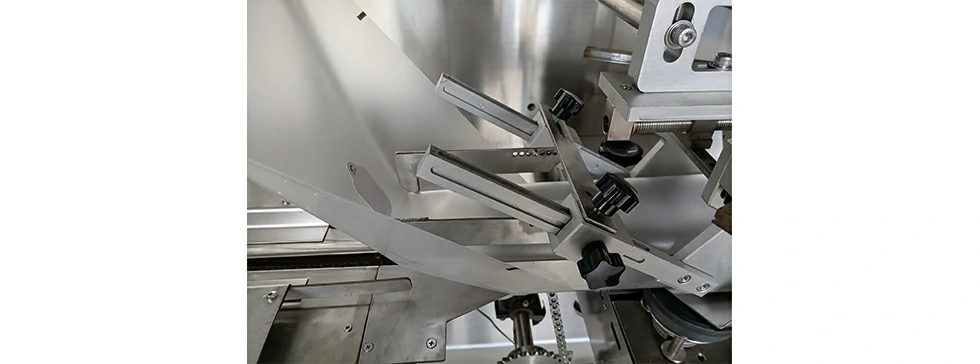Ensuring user safety during the operation of a non-woven disposable wet wipes machine is of utmost importance. Manufacturers implement various safety measures and guidelines to minimize risks and protect operators.
Here are common steps taken to ensure user safety:
- Safety Training: Operators and personnel involved in the operation of the machine receive thorough safety training. Training programs cover proper machine operation, emergency procedures, and the use of safety features.
- User Manuals and Guidelines: Manufacturers provide comprehensive user manuals and guidelines that outline safety precautions, recommended operating procedures, and emergency response protocols. Users are encouraged to read and follow these instructions diligently.
- Emergency Stop Button: Machines are equipped with easily accessible emergency stop buttons that allow operators to quickly halt the machine’s operation in case of an emergency or when immediate intervention is required.
- Guarding and Enclosures: Critical components and moving parts of the machine are often enclosed or guarded to prevent accidental contact by operators. Safety guards are designed to minimize the risk of injuries during operation.
- Warning Signs and Labels: Clear warning signs and labels are affixed to the machine to alert operators to potential hazards. non woven disposable wet wipes machine These warnings may include information about hot surfaces, moving parts, and other safety-related considerations.
- Interlocking Systems: Interlocking systems are implemented to ensure that certain operations can only occur when specific conditions are met. For example, a machine may be designed to stop automatically if a safety door is opened.
- Noise Reduction Measures: If the machine generates high noise levels during operation, measures may be taken to reduce noise exposure. This can include soundproofing or the provision of personal protective equipment (PPE) like ear protection.
- Automatic Shutdown for Faults: The machine may be equipped with sensors that detect faults or irregularities. In the event of a malfunction, the machine can initiate an automatic shutdown to prevent further issues and ensure user safety.
- Proximity Sensors: Proximity sensors can be installed to detect the presence of operators near moving parts. If an operator is too close to a potentially hazardous area, the machine can be programmed to slow down or stop to prevent accidents.
- Regular Maintenance and Inspections: Routine maintenance and inspections are essential for identifying and addressing potential safety concerns. Manufacturers often provide recommended maintenance schedules to ensure the ongoing safety of the machine.
- Personal Protective Equipment (PPE): Depending on the nature of the machine and its operation, users may be required to wear specific PPE, such as gloves, safety glasses, or aprons, to protect against potential hazards.
- Compliance with Standards: Manufacturers design and build non-woven disposable wet wipes machines in compliance with industry safety standards and regulations. Adherence to these standards ensures that the machines meet established safety criteria.
Users should strictly follow safety protocols, use provided safety features, and report any issues promptly to ensure a safe working environment when operating a non-woven disposable wet wipes machine.

Comments